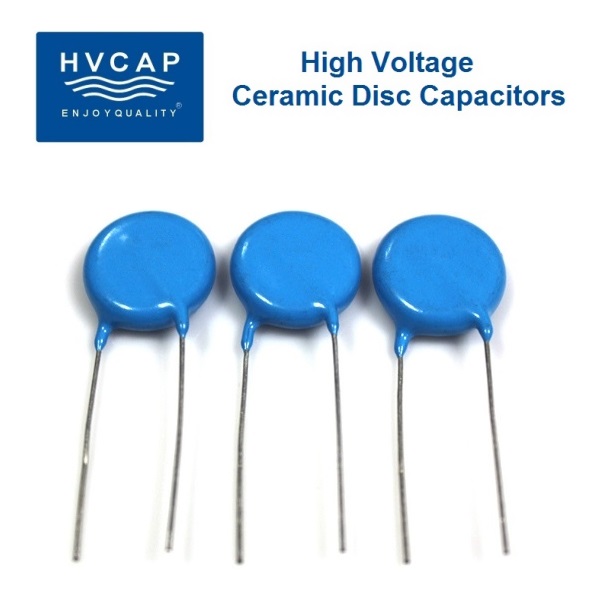Xray machine introduction –Disadvantages about Digital Radiography — https://hv-caps.biz
Since digital radiography has advantages, as one coin has 2 sides, it has disadvantages as well. The following disadvantages are listed in decreasing order of my own personal beliefs relative to the objectionable nature of each.
Cost of devices. At the present time, the cost of purchasing a digital radiography setup is considerable, ranging from $11,700 to $15,500 per operatory for a wired system and $20,000 to $22,000 for a wireless system. Practitioners must be aware of the initial cost as they consider the advantages and disadvantages of the concept. In my opinion, this technology is far more important and necessary than other highly touted technologies that cost significantly more. After due consideration, the advantages of digital radiography appear to justify the high initial cost.
Cost of converting previous records to digital. The cost of employee time to scan and convert previous conventionally made radiographs into digital form is no small task. I suggest that previous radiographs be converted gradually, as patients come in for recall appointments. In this manner, the labor costs are spread over many months and can be absorbed by a typical practice without difficulty. The cost of converting conventional radiographs all at once is formidable.
Learning to use the concept. After receiving initial education to begin using digital radiography, staff members still will require significant time to master the use of the software. Mature staff members can learn the techniques rapidly, but every new staff member who is hired must go through the learning process. In my opinion, manufacturers should strive to simplify the software for these devices further to allow an easier and faster learning period.
Wire attached to the sensor. CCD-type sensors may be wired or wireless. With wired sensors, the presence of a wire attached to the sensor allows immediate observation of the image. However, clinicians must work around the wire. This is not difficult, but mastering it requires some effort and a learning period. Phosphorus sensors do not provide immediate observation of the radiographic image, but they also do not have the objectionable wire. The elimination of the wire afforded by wireless sensors is a major advantage, but it must be considered in light of the significant cost of a wireless sensor.
Thickness of the sensor. CCD sensors vary in thickness, from more than 3 millimeters to more than 5 mm. Although this seems to be a major disadvantage, it is surprising to note the relative ease of use of CCD sensors in spite of their thickness. Wired sensors are not thinner than wireless sensors. Phosphorus sensors are thinner than CCD sensors, but they do not offer the advantage of immediate observation of the radiographic image.
Rigidity of the sensor. CCD sensors are rigid and can irritate the oral soft tissues and cause pain. If the patient experiences discomfort, the clinician can use soft foam attachments on the corners of the sensors to prevent pain. An example is Edge-Ease (Strong Products, Corona, Calif.). Phosphorus sensors are less rigid but still may cause discomfort if care is not exercised in their use.
Loss or breakage of sensors. The cost of one typical wired sensor varies from $6,200 to $9,800. It is not difficult to break the wire and thus necessitate repair or replacement. The cost of one wireless sensor varies from $10,500 to $12,500. Because of the small size of the sensors for peri-apical radiographs, it would not be difficult to lose one in a clinic with numerous employees.
Lack of universal use of digital radiography. It will be several years before this concept is used in most dental offices. In the meantime, some practitioners are accustomed to reading digital images, and almost all practitioners are accustomed to reading conventional radiographs.
From the above analysis, I have discussed the advantages and disadvantages of digital radiography on the basis of my observations and reading. The dental profession in the United States continues to use conventional radiography more than digital radiography. The advantages of digital radiography have improved significantly in recent years, but the cost to convert from conventional radiography to digital is high. It is anticipated that dentists will continue to convert to digital radiography slowly and that the cost of these devices will decline slowly.


